Poison Hemlock Rash: Symptoms, Prevention and Treatment

Related products
What is Poison Hemlock?
Conium maculatum, also known as poison hemlock, is a deadly plant from the carrot family. It is often confused with wild parsley, carrot, or wild parsnip. This may cause one to consume it (ingestion) inadvertently. The hemlock plant is deadly throughout, including the fruit, roots, stems, seeds, and leaves. If consumed, it may be fatal. The Greeks of antiquity executed criminals and political captives with hemlock poison. The execution of Socrates is the most well-known instance of this.
What does Poison Hemlock look like?
Because poison hemlock mimics other plants, identification may be challenging. The plant has a hollow stem with purple splotches and a white root. Hemlock reaches heights of two to ten feet. It features tiny white blooms that grow in umbrella-shaped clusters of petals. Every bloom turns into a green fruit with ribs filled with seeds. The fruit becomes greyish-brown as it ages. The plant's tiny leaves resemble parsley.

Is Hemlock poisonous to the touch?
Poison hemlock differs from poison oak, poison sumac, and poison ivy. Touching it typically won't cause a rash. Hemlock is usually dangerous only when consumed. Still, one should use caution while working with poison hemlock. Skin sensitivity may lead to dermatitis development. Hemlock poisoning is a highly unusual consequence of the poisons entering the circulation. Mucous membranes in the nose, eyes, or mouth might allow them to enter the bloodstream via cuts.
What are the Signs and Symptoms of Hemlock Poisoning?
Conium maculatum, sometimes known as poison hemlock, is a poisonous plant containing alkaloids such as coniine and γ-coniceine. These alkaloids may cause severe poisoning when consumed or, in rare circumstances, via skin contact. Although it is uncommon for skin contact to cause systemic poisoning, touching the plant may cause a skin response in some people. Poison Hemlock Rash is a response that is mostly an irritating contact dermatitis; however, depending on the exposure, more severe symptoms may accompany it. After consuming a poisoned hemlock plant, symptoms of hemlock poisoning may appear nearly instantly. Among these symptoms might be:
- Profuse sweating
- Vomiting
- Pupils dilated (mydriasis).
- Seizures and tremors.
- Xerostomia (dry mouth).
- Prolonged salivation.
- Bewilderment or restlessness.
- Tympanic rhythm (fast heartbeat).
- Myoclonus, or cramps and weakening of the muscles.
- Tympanic rhythm (fast heartbeat).
- Hypotension
- Hemlock poisoning may result in delayed problems, such as central nervous system depression, in more severe instances.
- Bradycardia, or a slow heartbeat.
- Failure of the kidneys (renal failure).
- Paralysis of the muscles.
- Rhabdomyolysis, or the breakdown and death of muscles.
Toxicity of Poison Hemlock
Skin
Like other toxic plants, poison hemlock may cause a painful rash for anybody who comes into contact with it. Although these painful, itchy rashes might ruin our plans for the weekend, Poison Hemlock isn't primarily to blame.

Respiratory
Poison hemlock may also aggravate respiratory conditions, particularly in those with asthma or other respiratory disorders. Children or vulnerable people may find themselves outdoors in the middle of poison hemlock without realising it. It's possible that people won't realise they're breathing in this deadly plant's chemicals until symptoms appear.
Ingesting
One of the most poisonous plants in the UK is poison hemlock. In actuality, Native Europeans used it as a suicide tool. The primary hazard to us is when we consume the toxin or allow it to enter our bodies in another way. Therefore, wounds sustained while handling this plant can be fatal.
What are the Causes of Poison Hemlock Rash?
Conium maculatum, sometimes known as poison hemlock, is a very poisonous plant that may cause severe skin irritation and other symptoms when it comes into contact with human skin. Usually, the alkaloids coniine and γ-coniceine, the plant's poisonous components, cause the rash when they come into direct contact with the skin. The whole plant contains these substantial neurotoxins, including the leaves, stems, blossoms, and roots. These hazardous compounds are released when a plant is crushed, chopped, or destroyed. When these substances come into contact with the skin, they may cause irritation and the formation of a rash. Poison hemlock rash is often characterised by redness, irritation, and inflammation; in more severe instances, blisters or a burning sensation may develop.

Direct contact with the plant, whether by gardening, foraging, or just by coming into touch when strolling through places where the plant thrives, is one of the leading causes of poison hemlock rash. The plant's sap can pierce the skin's surface, interacting with skin cells to produce discomfort due to the poisonous alkaloids. This danger is increased because the alkaloids are more readily absorbed into the skin when the plant material is wet. Furthermore, handling the plant without gloves or clothes increases the risk of a rash.
Poison hemlock rash may also result from breathing in plant particles or fumes, particularly when the plant is burnt. When poison hemlock is burned, harmful vapours are released into the air, which may cause respiratory distress, other systemic symptoms, and a rash if they land on the skin. Because of this, the plant is very hazardous while growing and living and after being chopped down or dried out. Another possible reason is indirect exposure, as the plant's harmful substances may remain on equipment, clothes, and even pets that have come into touch with it. Toxins may be transferred to the skin by touching these contaminated surfaces, which can cause skin irritation and rash formation.
Pre-existing skin problems like dermatitis or eczema may make certain people more prone to Poison Hemlock rash because they might worsen the skin's response to the poisonous alkaloids. Furthermore, since the toxins have more time to infiltrate the skin, delaying washing the area after exposure might make the rash more severe. Knowing what causes poison hemlock rash is essential to minimising its effects and avoiding exposure, particularly in locations where the plant is widespread.
How to Manage Hemlock Poisoning?
Approach Considerations
If the patient exhibits an altered mental state, seizures, or haemodynamic instability, take into consideration the following tests:
- The basic metabolic profile, which includes glucose, BUN, creatinine, and electrolytes
- Circulatory blood gas
- Extensive drug screen to assess serum paracetamol level
- To check for rhabdomyolysis, use urine myoglobin or creatine kinase.
For women who are of reproductive age, think about taking a pregnancy test.
A chemical screening test for alkaloids in plant material verifies the toxicity resulting from poison or water hemlock. However, these tests are not frequently accessible, and a plant specimen (or swallowed material) is necessary.
- If there is a suspicion of aspiration, do a chest radiograph.
- Dysrhythmias may be ruled out via an ECG.
What is the Treatment of Poison Hemlock?
It's critical to act swiftly if someone comes into contact with Poison Hemlock. Depending on the nature of the interaction, a different answer may be acceptable.
Skin
Poison hemlock symptoms may appear as fast as 20 minutes after exposure and include the following:
- Rash
- Big Welts
- Blisters
- Pain That Burns
It's essential to start treating a rash as soon as a person sees to prevent it from spreading to other areas of the body or other people. One may want to take some of the same measures even if he doesn't have a rash and is in an area where poison hemlock is present.
- Wash the body well, paying particular attention to exposed flesh and scraping beneath the fingernails to remove any remaining residue.
- If one wants to lessen itching, use an antihistamine such as Benadryl.
- Use a damp compress or calamine lotion to minimise blisters, irritation, and swelling.
Inhalation/Ingestion
Seek emergency medical attention if the symptoms worsen or if a person thinks he may have breathed this plant's vapours or inadvertently consumed any of its parts.
The unpleasant skin symptoms that result from touching poison hemlock are much less severe than the symptoms of inhaling or consuming the plant. Among these signs are:
- Weakness in Muscles
- Incapacitation
- Speech Loss
- Seizures
- Expanded Students
- Consciousness Loss
- Changes in Heart Rate
If treatment is not received, consequences may include acute renal failure, depression of the central nervous system, respiratory failure, and even death.
Currently, there is no remedy to neutralise this deadly plant. Instead, healthcare providers will strive to stabilise the person while treating the symptoms.
Prehospital Care
Assist with respiration as required, keep the patient's airway open, and get access to an IV for patients who may have hemlock poisoning.
Emergency Department Care
Evaluate and treat any potentially fatal conditions as soon as possible. Since there is no known counteragent for either toxin, the cornerstones of therapy for hemlock poisoning are gastrointestinal (GI) decontamination (if appropriate) and intensive supportive care.
- Maintain airway security.
- If the time is right, decontaminate the gastrointestinal system. If done quickly after intake, gastric lavage may not be beneficial even without contraindications. Give them activated charcoal if the patient can clear their airway and appears within an hour after intake. One shouldn't use ipecac. Patients who have been exposed to water hemlock should be treated carefully, nevertheless, since they may ultimately aspirate the charcoal and have a higher risk of seizures.
- Use benzodiazepines to treat seizures; barbiturates should be used if necessary. Use precaution when consuming water hemlock. Barbiturates and benzodiazepines help reduce agitation and raise the seizure threshold.
- Use force when giving IV fluids to treat rhabdomyolysis or dehydration. If there are indications of hypovolemia or hypotension, replenish the volume.
- Address imbalances in electrolytes.
- If rhabdomyolysis is evident, provide sodium bicarbonate-containing fluids to alkalinise the urine. To reduce the salt burden while using sodium bicarbonate, combine it with 5% dextrose in water (D5W).
- Keep an eye on potassium levels and adjust as necessary.
- Give antiemetic medications. Nevertheless, many antiemetics should be taken with caution since they may reduce the seizure threshold.
- If required, provide ventilatory assistance.
- Patients who progress to end-stage renal failure need haemodialysis.
After presentation:
- Carefully monitor the patient for at least six hours to assess symptoms or potential progression.
- In an ICU situation, keep an eye out for any patients exhibiting signs of toxicity for potential seizures, dysrhythmias, or respiratory failure.
- Think about moving the patient to a facility that offers toxicology services.
- Inform expectant patients that exposure to poison hemlock has been linked to teratogenic consequences in animals.
Medication Summary
If necessary, intestinal decontamination may be used. When required, antiemetics or antiseizure medications may be used.
- GI Contaminants
Class Summary: Applied to restrict the quantity of toxin adsorbed
Activated charcoal (Liqui-Char)
Emergency care for drug and chemical poisoning cases. Every gramme of activated charcoal has a network of pores that may absorb 100–1000 mg of medication. It doesn't become dissolved in water.
Administer within 30 minutes of poisoning for best results.
- Antiemetics
Summary of Class: Beneficial for treating symptomatic nausea. Think about the advantages and disadvantages of further sedation and the potential to reduce the seizure threshold.
- Benzodiazepines
Class Summary: It may lessen agitation and regulate or prevent seizures. Its quicker start of action and safer profile compared to barbiturates are benefits.
- Barbiturates
Class Summary: It may lessen agitation and regulate or prevent seizures. It is beneficial to respond quickly.
What are the Prevention Strategies and Control methods to reduce the risk of Poison Hemlock Rash?
A carrot family member, poison hemlock, has similarities to other edible plants, such as carrots. The plant is poisonous to both people and animals in all sections. Any plant in the carrot family should only be eaten if the person is confident of its identity.
General Information
Hand removal is a viable method for controlling small stands of poison hemlock. Digging up plants is a good idea but remove the entire taproot. Plant pieces are toxic long after they have dried, so dispose of them properly. All plant components should be handled with gloves, and hands should be carefully cleaned afterwards. Any hemlock seeds in the soil may germinate if the soil is disturbed during manual management; thus, the area must be watched to ensure no new seedlings emerge.
Manual/Mechanical Techniques
Certain herbicides may be used to manage poison hemlock. Always read and abide by the label's instructions for rates, spraying circumstances, personal protection equipment, and grazing intervals while applying herbicides. When it's windy, pouring, or there's a chance of rain, don't spray. After using a herbicide, wait at least two weeks before cutting any treated plants. Spraying herbicides within 60 feet of streams and bodies of water is not advised without consulting the Noxious Weed Board. Recall that applying herbicide according to the label's directions is the applicator's duty.
- Applying 2,4-D (available under many brands) to seedlings at the rosette stage is possible. Follow the label guidelines to combine the right solution strength. A surfactant may improve the therapy.
- It is recommended to use a herbicide with a glyphosate concentration of at least 41%, combined with a 2% product spray solution. When applying glyphosate near desirable plants, caution should be used as it will destroy grass and other vegetation. Any hemlock seeds in the soil may also be able to germinate due to the surrounding plants dying off.
- Give plants a little mist until they are damp. Herbicides, such as Round-up, should only be applied to standing water if specifically marked for aquatic use on the label. Some of these goods' ingredients may poison fish.
- Ensure that one reads and understands the labels of herbicides.
- When it comes to herbicides, more is not always better. If the solution is compelling, it may make it more difficult for the herbicide to harm the target plant. This releases more products into the environment than is required, wasting money and effort. ALWAYS abide by the label's suggested rates.
- When applying herbicides, timing is just as crucial as technique.
Sometimes, people confuse poison hemlock with less dangerous plants like common yarrow and wild elderberry. Like poison hemlock, Sambucus cerulea, or wild elderberry, is a shrub with white blossoms that may reach up to 8 feet tall. Its stems are not purple-spotted like those of hemlock, and its blossoms are much bigger than the little clusters on the hemlock plant. Although cooked elderberry fruits are often used in wine, jams, and other dishes, eating them raw might result in symptoms like nausea and vomiting.
Achillea millefolium is a member of the aster family. It blooms from April to October and may reach around 8 feet. It's often used in tinctures and other natural medical treatments. Its strikingly feathery leaves and smaller clusters (umbels) of white flowers set it apart from poison hemlock.
People Also Ask
How long does it take for poison hemlock rash to appear?
A poison hemlock rash often develops rather quickly after direct contact with the hemlock plant, taking only a few hours after the skin meets its toxic alkaloids. The toxic components in poison hemlock plants include certain potent alkaloids that irritates the skin upon exposure and cause skin symptoms such as redness, itching and swelling. In some cases, this rash may worsen over time, leading to blister formation and painful skin lesions. The exact onset and severity of skin symptoms after contact with the poison hemlock plant may vary, depending on the individual skin type, duration and extent of contact with the plant. It is essential to wash the affected skin immediately to minimise the risk of a worsening rash.
Can animals get a poison hemlock rash?
Yes, animals can get a poison hemlock rash upon contact with the plant. However, animals are more likely to be harmed by the plant upon ingesting its parts, as the poison hemlock is most toxic when consumed per oral route. Immediate veterinary attention must be sought in case animals experience symptoms of rash or other irritation after contact with the poison hemlock plant.
Conclusion
Conium maculatum, also known as poison hemlock, is a deadly plant from the carrot family. The hemlock plant is deadly throughout, including the fruit, roots, stems, seeds, and leaves. If consumed, it may be fatal. The plant has a hollow stem with purple splotches and a white root. Hemlock reaches heights of two to ten feet. It a poisonous plant containing alkaloids such as coniine and γ-coniceine. These alkaloids may cause severe poisoning when consumed or, in rare circumstances, via skin contact.
The symptoms of hemlock poisoning include perspiring, vomiting, dilated pupils, dry mouth, excessive salivation, slow heart rate, paralysis and breakdown of muscles along with restlessness. Poison hemlock may cause a painful rash for anybody who comes into contact with it. Usually, the alkaloids coniine and γ-coniceine, the plant's poisonous components, cause the rash when they come into direct contact with the skin. The whole plant contains these substantial neurotoxins, including the leaves, stems, blossoms, and roots.
It's essential to start treating a rash as soon as a person sees to prevent it from spreading to other areas of the body or other people. Wash the body well, paying particular attention to exposed flesh and scraping beneath the fingernails to remove any remaining residue. Assist with respiration as required, keep the patient's airway open, and get access to an IV for patients who may have hemlock poisoning. Since there is no known counteragent for either toxin, the cornerstones of therapy for hemlock poisoning are gastrointestinal decontamination and intensive supportive care.



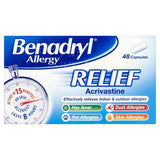

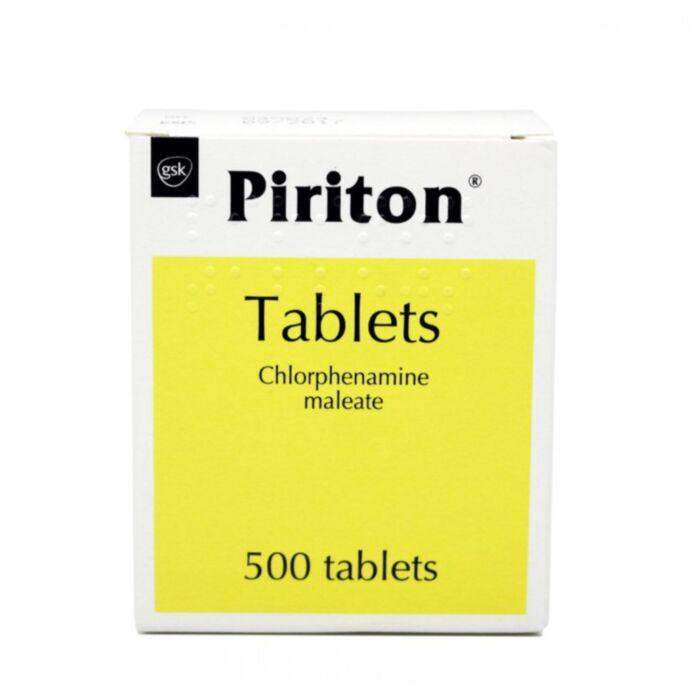
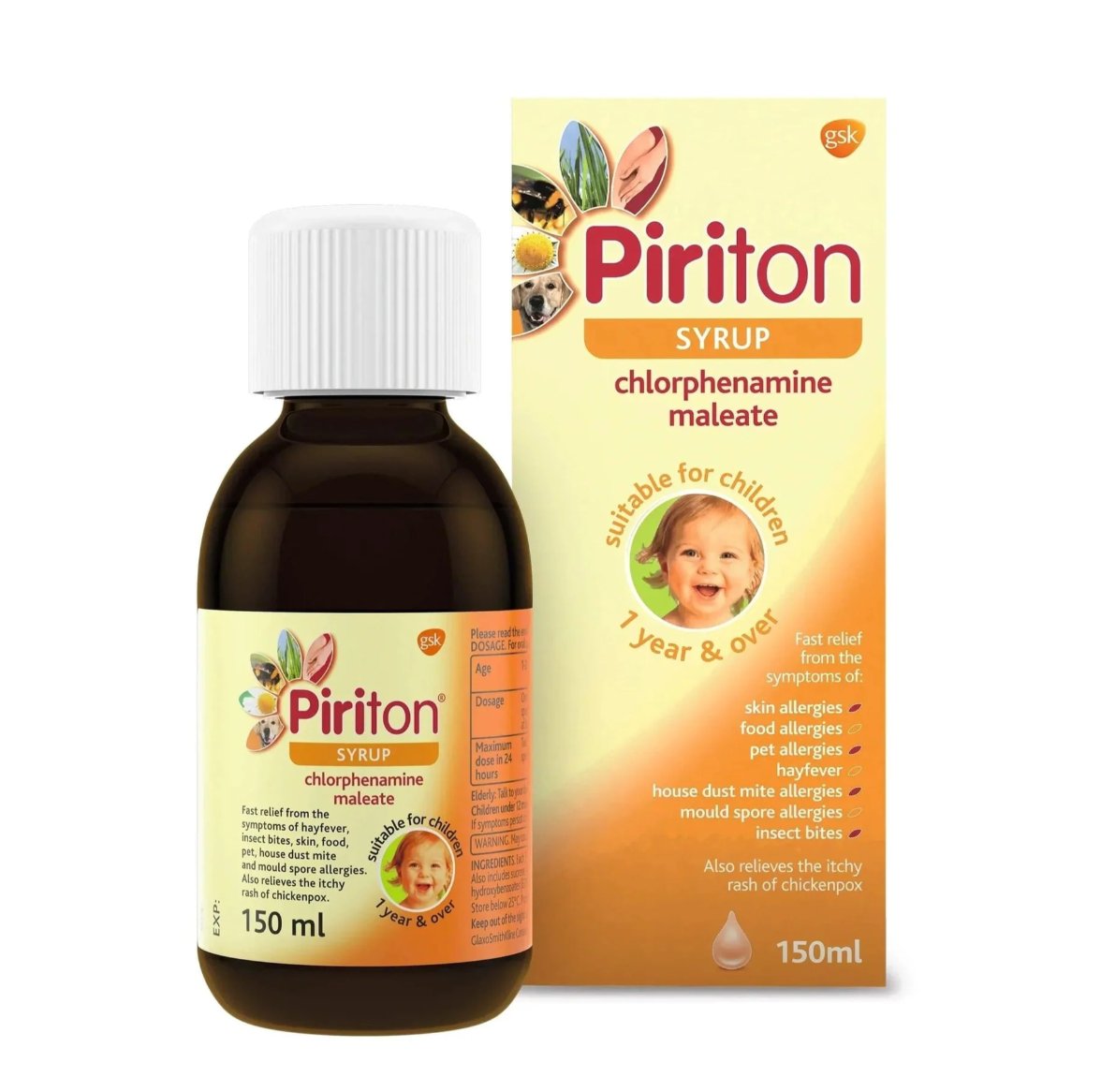
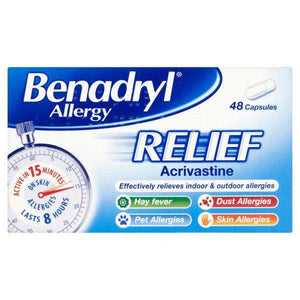

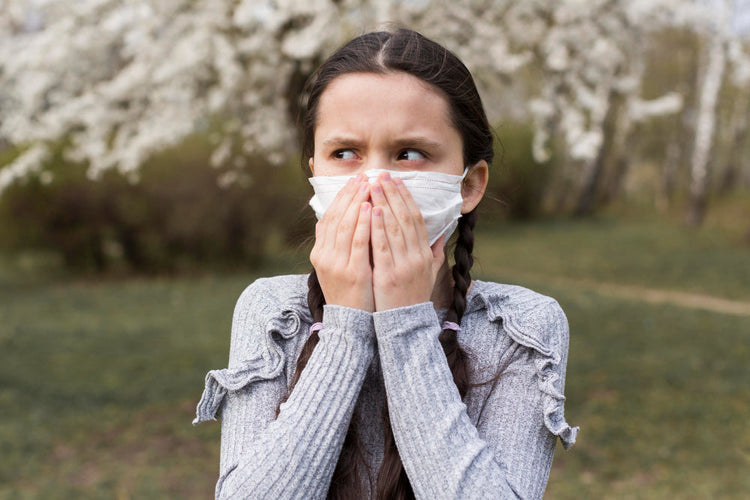



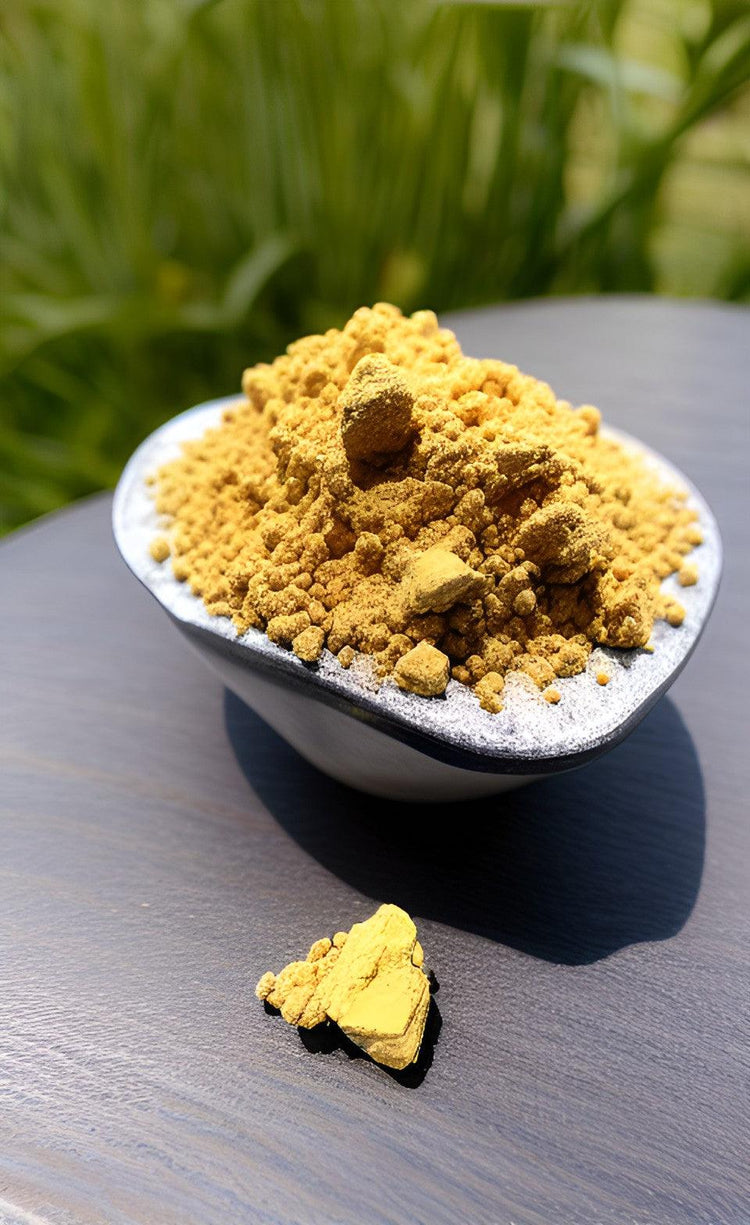

 Rated Excellent by 26,523+ Reviews
Rated Excellent by 26,523+ Reviews